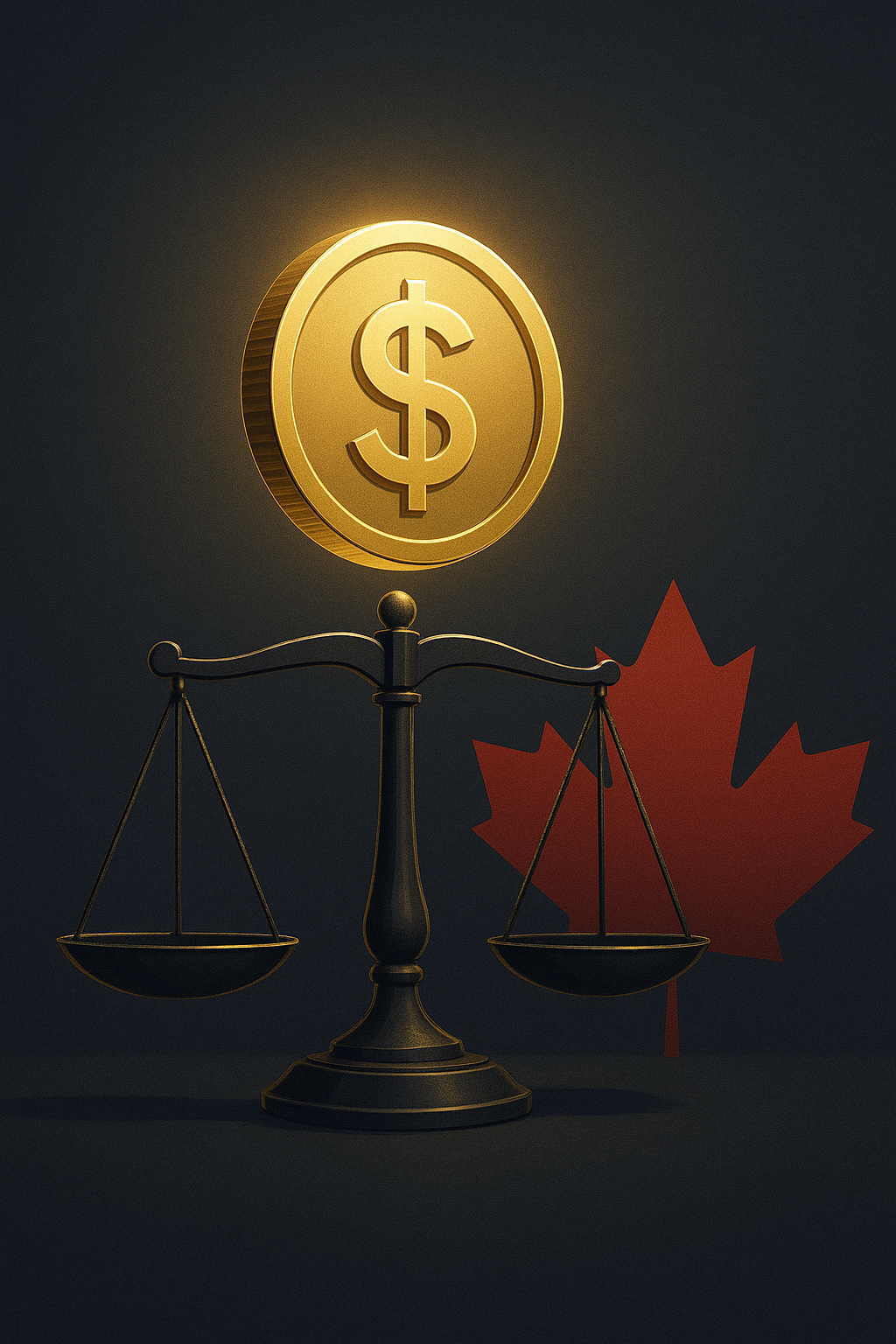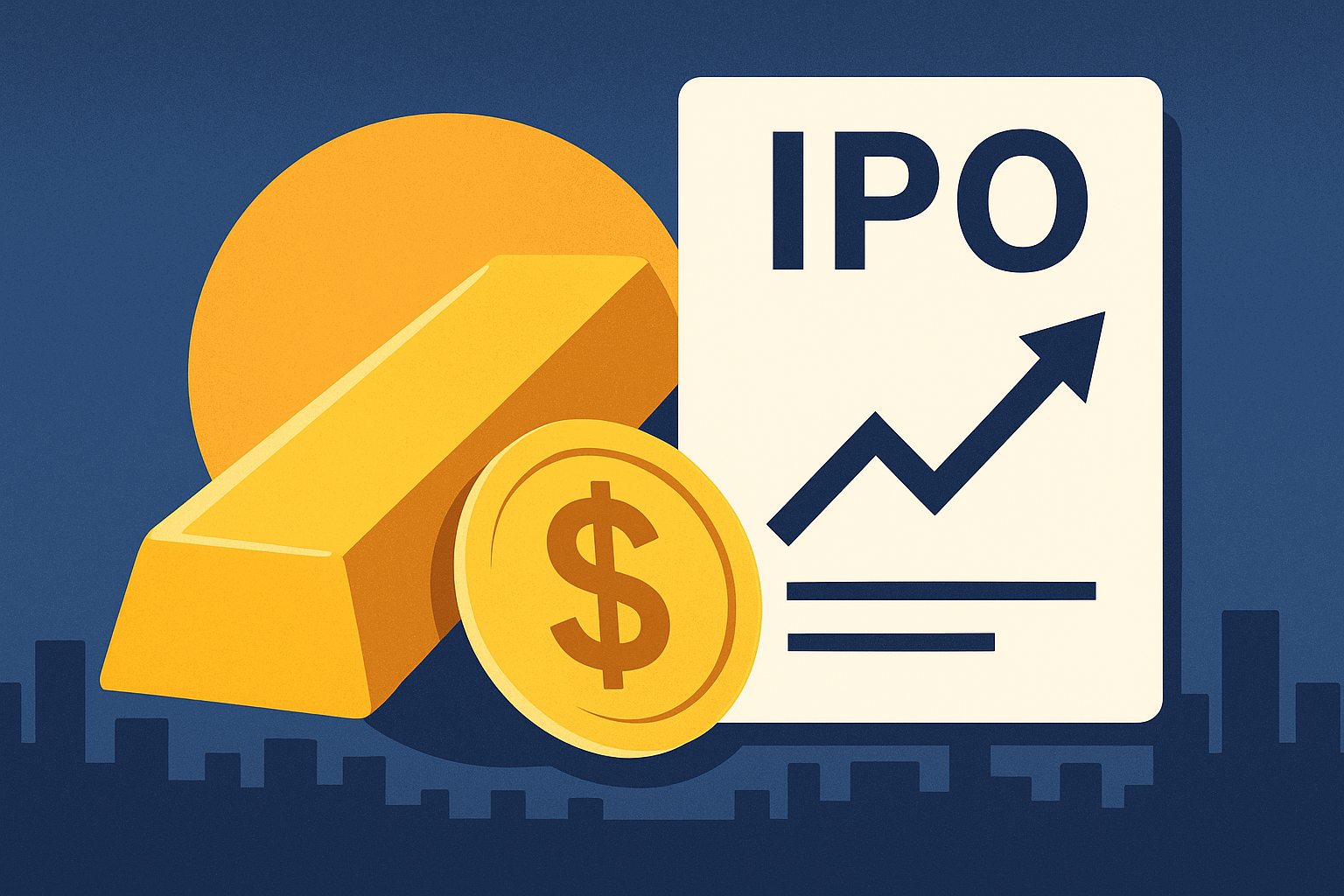As the global crypto market edges closer to mainstream adoption, stablecoins have emerged as the backbone of digital asset trading and cross-border settlement. Now, Canada’s central bank is stepping into the debate. The Bank of Canada has urged federal and provincial regulators to create a comprehensive framework for stablecoins, citing their growing systemic role and the risks they pose if left unchecked.
This announcement lands at a pivotal moment. With the U.S. still debating its own digital asset framework and Europe advancing with MiCA (Markets in Crypto Assets regulation), Canada faces pressure to define its stance. For investors, the potential introduction of stablecoin regulations could reshape the crypto investment landscape in North America.
Why This Matters for Investors
Stablecoins, pegged to fiat currencies like the U.S. dollar or Canadian dollar, are widely used for liquidity management, cross-border remittances, and as a hedge against crypto market volatility. According to data from CoinMetrics, stablecoin transaction volumes reached $1.2 trillion globally in Q2 2025, underscoring their vital role in digital finance.
The Bank of Canada’s statement highlights two key concerns:
- Financial stability risks if stablecoins scale without proper reserve backing.
- Consumer protection gaps, as retail and institutional users increasingly rely on them for payments and trading.
Regulation could address these issues by ensuring stronger capital requirements, audits, and reserve disclosures. But for investors, it also raises questions about which stablecoin models will thrive — and which may struggle under tighter compliance costs.
The Competitive Context
Globally, regulatory clarity has often served as a catalyst for institutional adoption. Europe’s MiCA framework, set to fully take effect by 2026, has already drawn interest from banks and asset managers seeking regulated digital asset exposure. In contrast, the U.S. remains fragmented, with Congress still divided on the issue.
Canada’s potential move positions it somewhere between the two models. Analysts at Bloomberg Intelligence suggest that a measured, rules-based framework could make Canada an attractive hub for stablecoin issuers — particularly if the rules balance innovation with safeguards.
Future Trends to Watch
- Institutional Participation: Regulatory clarity could pave the way for pension funds, ETFs, and banks to engage more directly with stablecoin products, either as settlement tools or yield-generating instruments.
- Compliance Costs: Stricter capital or reserve requirements may disadvantage algorithmic or under-collateralized stablecoins, potentially consolidating market power in the hands of larger, fiat-backed issuers like USDC or USDT.
- Canadian Dollar-Pegged Stablecoins: The prospect of CAD-backed stablecoins gaining traction could provide new domestic opportunities for investors, particularly in cross-border trade and fintech solutions.
Key Investment Insight
For investors, the Bank of Canada’s call signals both risk and opportunity. On one hand, compliance-heavy rules may narrow the playing field, weeding out weaker projects. On the other, regulatory clarity could unlock broader institutional adoption and strengthen the credibility of stablecoins in global markets.
Investors should monitor which issuers align themselves early with compliance expectations and watch for emerging opportunities in regulated digital finance platforms. Equity investors may also look at Canadian fintech firms positioning themselves as infrastructure providers in this new regulatory environment.
Canada’s stablecoin debate isn’t just about crypto policy — it’s about the future of digital money in one of the world’s most stable financial systems. For investors, the next steps regulators take could determine whether Canada becomes a leader in regulated digital assets or risks falling behind its global peers.
Stay with MoneyNews.Today for daily coverage and actionable insights on the financial trends shaping tomorrow’s markets.





